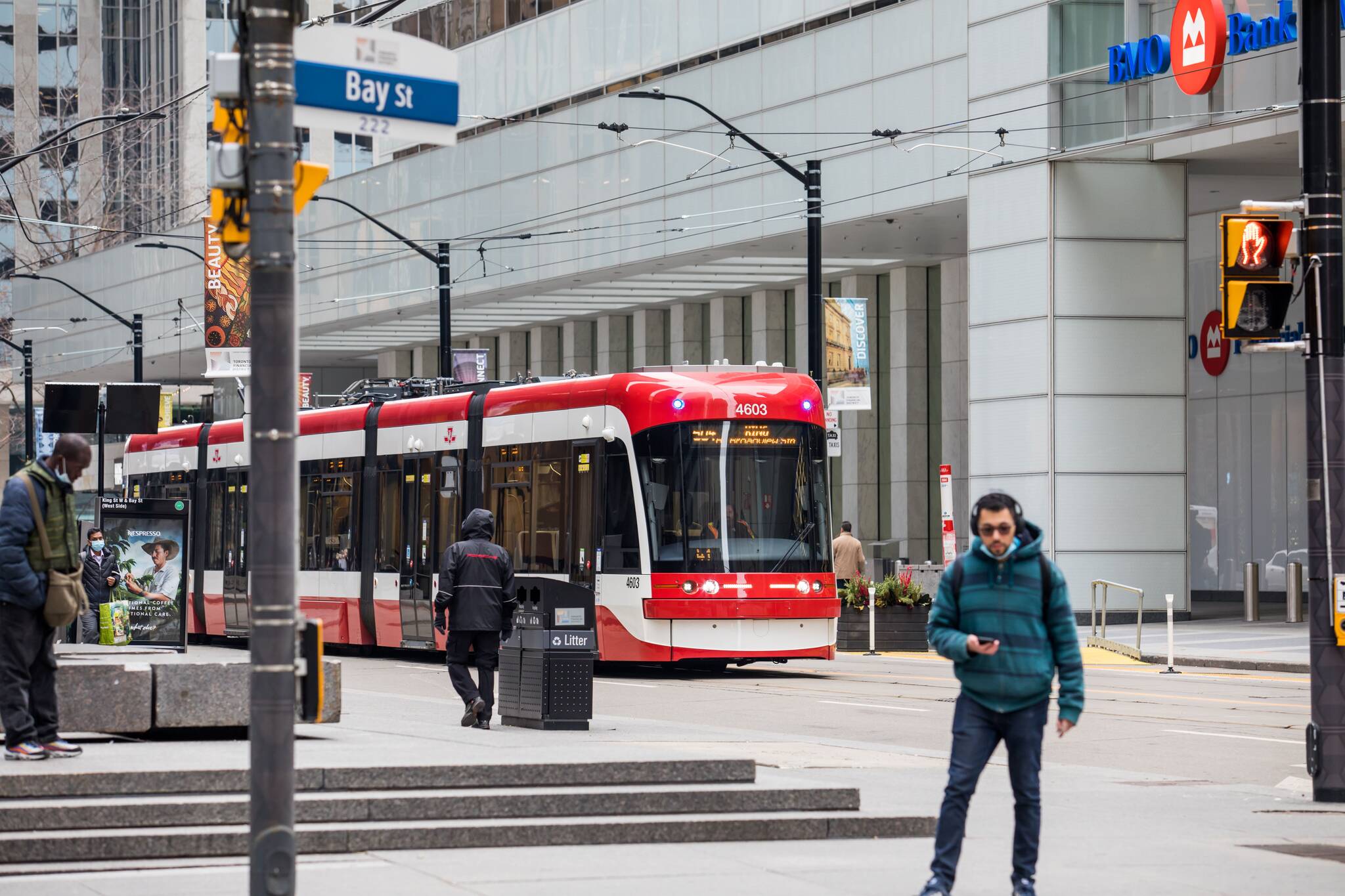
New modelling reveals Toronto lockdown isn't working as well as it did in the spring
Lockdown measures in Toronto and Peel Region haven't been as effective at reducing the spread of COVID-19 as they were during the first wave, according to new modelling released by the province today.
Provincial science advisors presented updated COVID-19 projections at Queen's Park Thursday afternoon, and one of the key findings of the data is that lockdown measures have not succeeded at limiting mobility the way they did in the spring.
"Current lockdown has not had nearly as much impact on mobility (and likely contacts) as lockdown did in March," reads the government's modelling presentation.
"Relaxation of public health interventions with a widening prevention gap will likely lead to even higher case growth."
Worrying stats from the Ontario #covid19 modelling update. https://t.co/GxSD5BT18q #onpoli pic.twitter.com/q1jPnaGLNA
— Trustee Norm Di Pasquale TCDSB Ward 9 (@normsworld) December 10, 2020
In Peel Region, according to the modelling, there are roughly 197 new cases per 100,000 residents each week, while in Toronto that number is 118 per 100,000.
But while case numbers in Ontario continue to grow, the modelling does show that per cent positivity (the percentage of positive cases out of all tests completed) appears to be flattening.
Peel Region's current per cent positivity rate is 11 per cent, while York Region and Toronto both have a rates of 6 per cent at the moment.
Unfortunately, despite the gradual flattening of per cent positivity, overall mortality and deaths in long-term care are expected to continue to increase, and the projections show that we may exceed 25 deaths per day within a month.
Officials revealed that 15 Ontario long-term care homes are currently experiencing outbreaks, and there are 119 confirmed cases in these homes.
The modelling also showed that 496 long-term care residents have died as a result of COVID-19, 102 of which passed away over the past week.
Given the alarming projected rise in #COVID cases outlined in today's provincial modelling, @OntariosDoctors join @rnao, @OntHospitalAssn,@RTSociety_ONT & @we_rpn to re-issue our plea to Ontarians. Please do your part, stay home & celebrate safely this holiday season. #Onhealth pic.twitter.com/0uhjH23qgH
— Ontario Medical Association (@OntariosDoctors) December 10, 2020
The province's current reproduction number (the number of new infections created by one positive case) is also currently fluctuating around 1, "which means that we are at a critical juncture where case rates may change quickly," according to the province.
And in more discouraging news, the data showed that ICU occupancy continues to rise and is expected to keep on that same track.
"ICU occupancy will continue above 200 beds for the next month and may go higher, particularly if public health interventions are relaxed," reads the projection. "Access to care deficits will persist."
This comes as the province has said that ICU occupancy above 150 makes it difficult for non-COVID-19-related health needs to be properly addressed.
Currently, there are 829 people hospitalized with COVID-19 in Ontario, and 228 of them are in ICU.
According to the data, Ontario has seen a 91.6 per cent increase in hospitalizations over the past four weeks, as well as a 165.9 per cent increase in COVID-19 patients in the ICU.
The new modelling also revealed that case rates have increased at a slower pace for Ontarians with access to suitable housing and employment outside of essential services, while those who are precariously housed and or/essential workers have been harder hit.
Fareen Karim
Latest Videos
Latest Videos
Join the conversation Load comments







